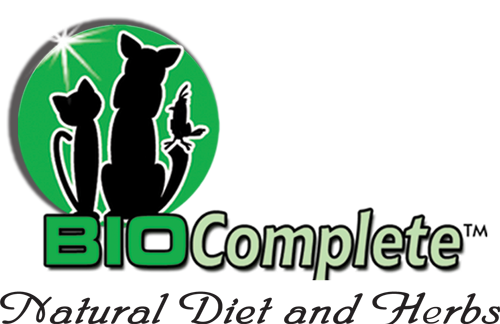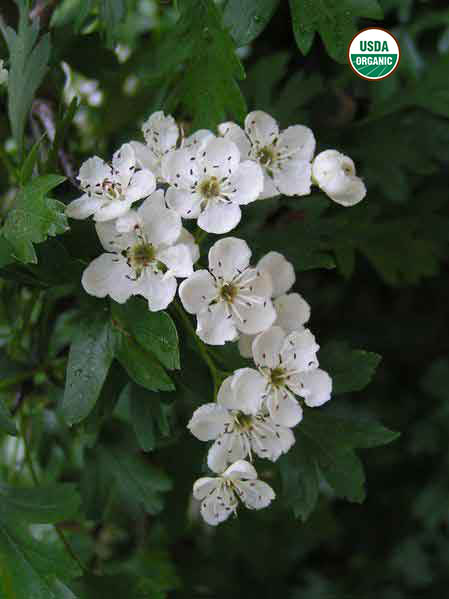
Hawthorn Leaves & Flowers

Herb Info
Trusted cardiac tonic, used to lower blood pressure, reduce cholesterol, and significantly enhance blood circulation to the heart and brain, relives angina, myocarditis, and arrhythmia. Valuable in insomnia and as a digestive aid. Stimulates the immune system.
Herb Description
BIOComplete Organic Hawthorn Leaf and Flower
Also known as:
Crataegus laevigata (Midland hawthorn), Crataegus monogyna (English hawthorn), Aubepine, Bianco Spino, Crataegi Fructus, Crataegus cuneata, Crataegus oxyacantha, Crataegus pinnatifida, English Hawthorn, Epine Blanche, Epine de Mai, Haagdorn, Hagedorn, Harthorne, Haw, Hawthrone, Hedgethorn, May, Maybush, Maythorn, Mehlbeebaum, Meidorn, Nan Shanzha, Oneseed Hawthorn, Shanzha, Weissdorn, Whitehorn.
Introduction:
The hawthorn is a heart herb in the rose family. It's white to brownish flowers and combined with its deeply lobed, rose-like leaves, and brown woody stems for use in teas and tinctures to treat the heart. The legends surrounding hawthorn trees go back centuries. Thomas the Rhymer, a 13th century mystic and poet, was said to have met the Fairy Queen underneath a hawthorn tree. Particularly sacred is any grove with oak, ash, and hawthorn, as it is said this is where the fairy folk reside. The hawthorn tree is a symbol of love and the union of couples in marriage, and is one of the sacred trees of the Wiccan religion. And if on May Day one was to bathe in the dew of hawthorn leaves and blossoms, ones luck, health, and beauty was said to increase exponentially for the following year.
Constituents:
Flavonoids and oligomeric procyanidins, rutin, catechols, pheno-carboxylic acids (especially chlorogenic acid), sterols, amines, coumadins, and purines. The leaves and flowers contain more vitexin rhamnoside than the berries, and the berries contain more hyperoside than the leaves and flowers. Leaves contain the highest concentrations of flavonoids if they are harvested just before the plant blooms. Plants that grow during drought and after late frosts contain the highest concentrations of antioxidants (protecting the plant just as they protect cellular structures in the human body).
Parts Used:
Leaf, flower, and stem.
Typical Preparations:
Hawthorn leaf and flower are more often used to make teas than tincture, however a tincture or even a capsule may suffice for convenience.
Summary:
Hawthorn leaf and flower, like hawthorn berries, are antispasmodic, cardiac, diuretic, sedative, tonic and vasodilator. Like hawthorn berries, hawthorn leaf and flower has a hypotensive effect as well as acting as a direct and mild heart tonic. There is considerable clinical evidence that hawthorn leaf and flower is an effective treatment for mild coronary insufficiency, when there is pressure and tightness in the chest accompanied by a slow heart rate and symptoms of congestive heart failure. The flavonoids in the leaf and flower improve circulation in the heart and increase the myocardium?s ability to withstand oxygen deprivation. Leaf and flowers from the species of hawthorn used in Traditional Chinese Medicine (Crataegus sinaica) stimulate the immune system to produce complement to fight infection.
Precautions:
None.
This information has not been evaluated by the Food and Drug Administration.
This information is not intended to diagnose, treat, cure, or prevent any disease.
For educational purposes only.

